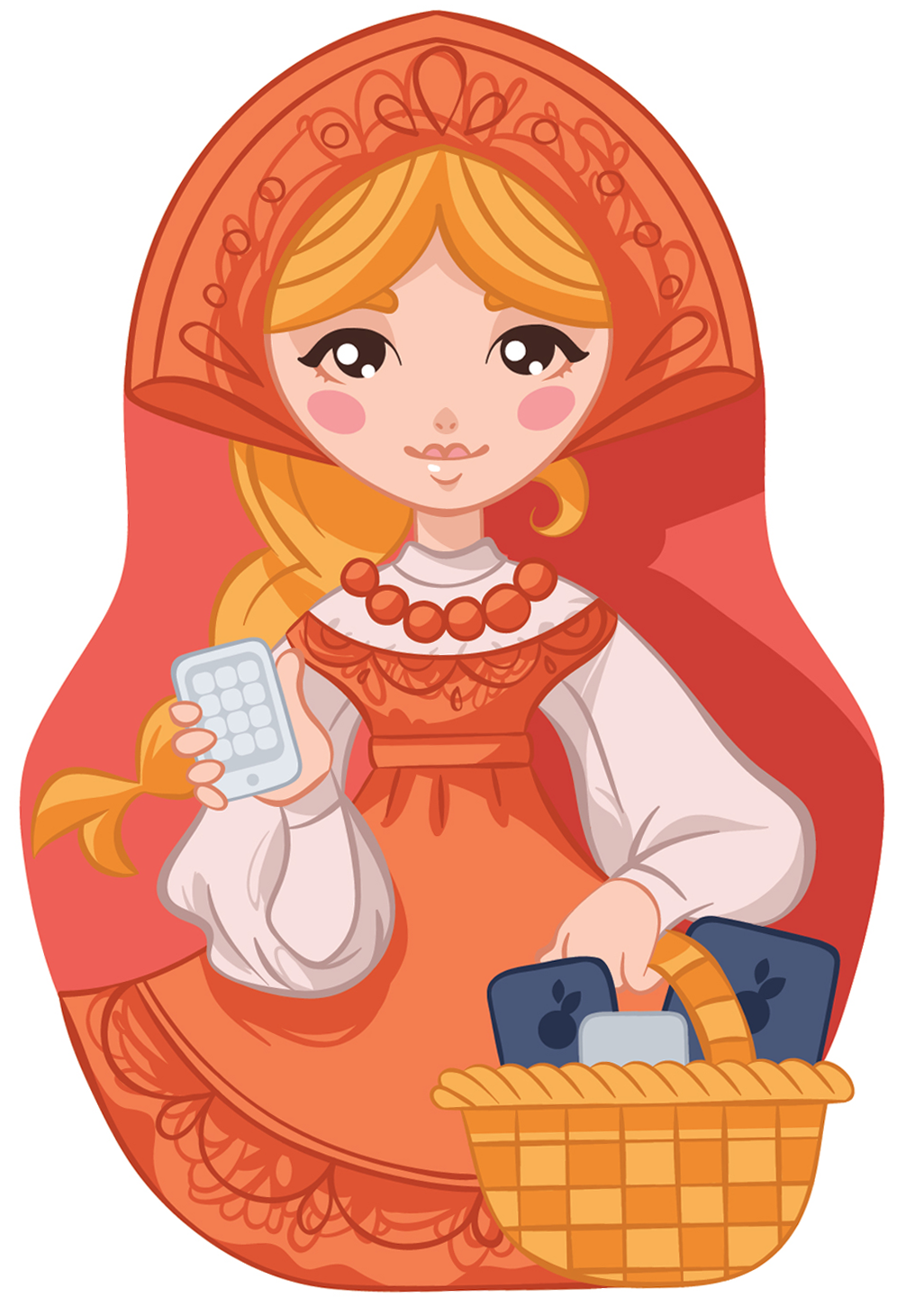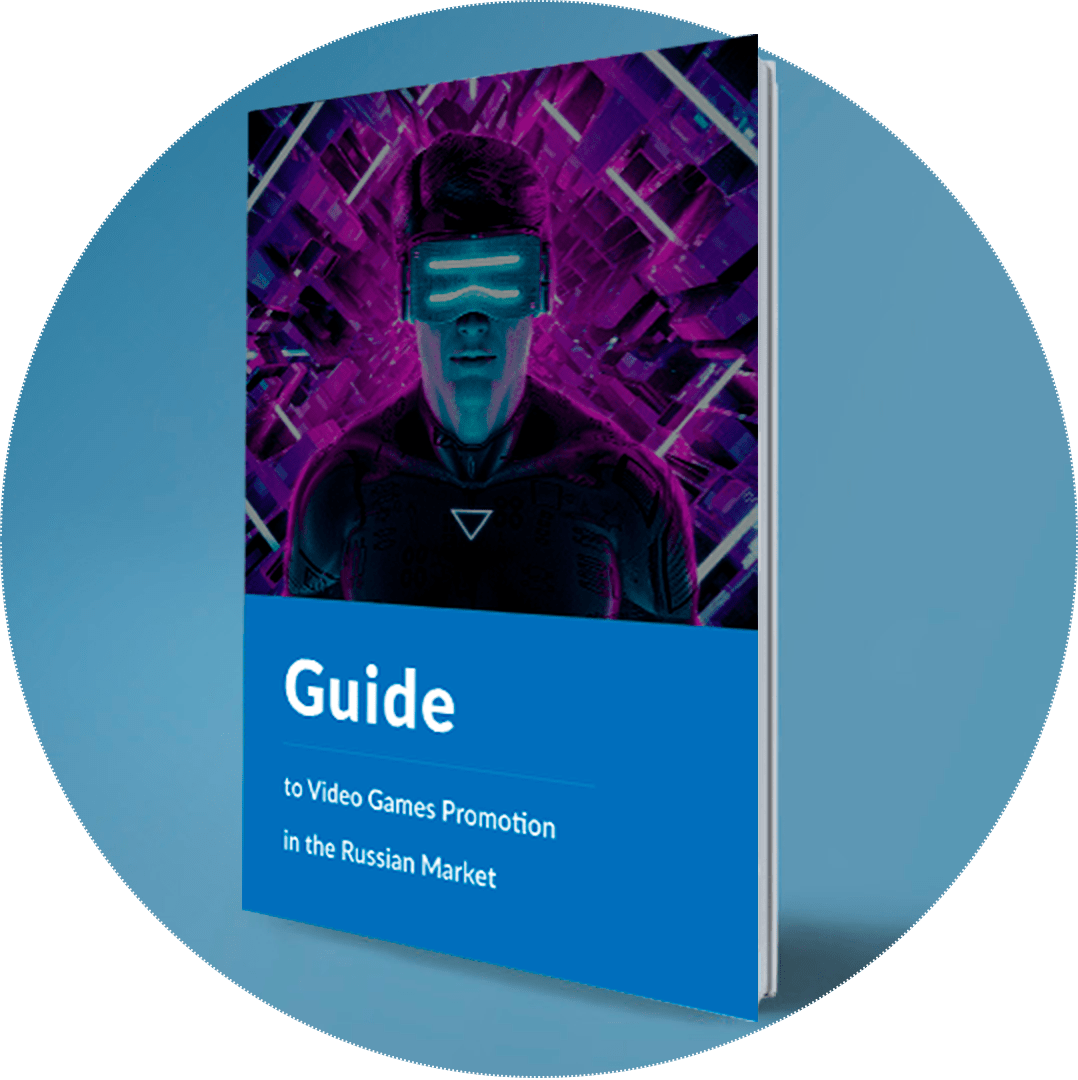Blog about successful marketing strategies in russia
The Types of In-Game Advertising in Russia


DIGITAL MARKETING
Share this Post
Just a few years ago, the gamers’ audience was only interesting for those who are more or less involved in games—PC and console manufacturers, game and mobile app developers, and energy drink producers. Today, the situation has changed radically, and gamers are seen as a financially reliable, demanding, but loyal audience, that is why many brands want to work with them. In our blog, we will tell how one should build communication with gamers and what brands and companies need to know to create an effective promotion strategy.
Russian Gamers is Audience with Good Prospects for Brands
As studies show, gamers are a solvent audience, i.e. one that is potentially productive for brands. According to Yandex.Money, there are few jobless Russian gamers and many those who have an upper-middle income, while almost half of all gamers are ready to donate to streamers and pay for games. Newzoo studies prove this trend on a global level: most gamers (81%) are ready to spend money on in-game things and make in-game purchases.
You can learn more about the profile of a Russian gamer in our White Paper 'Guide to Online Games Promotion in the Russian Market’.
What is more, a self-isolation period became a gamers’ activity catalyst. According to the study by Qiwi, a Russian payment service provider, within the period from March until May the payments to companies that major in sales of games, apps, and game content for PC, consoles, and mobile platforms has increased by 71% as compared to spring months of the previous year, the Russian broadsheet Izvestiya says. In general, an average bill on game content in spring has grown almost by as many as half (+44%). It varied from 324 to 643 rubles, depending on the region.
Statics or Dynamics? Going into Types of In-Game Ads
Strictly speaking, there are two in-game ad types:
- Static unmodifiable ads are inserted into a game, for instance, mentioning a brand of a well-known bank on an in-game bank building.
- Dynamic ads. Just like static ads, they are inserted into a game but can change depending on the brand that buys placement. For example, playing football on a PC or a console, you could see changing stadium brands—this is a very nice example of in-game dynamic ads.
However, there is also a third type of ads defined by game industry marketers, which is advergaming. This is the case when games are ads themselves where the brand is of the top priority and not the game built around the brand. A bright example of such use of a game as an advertising tool is Chipotle Scarecrow and a series of M&M's games, the first of which was released back in 2000.
What Game is to Be Chosen for Brand or Game Advertising?
From the perspective of product placement, the most attractive and effective games for brands to advertise are ones that became a ‘second world’ for gamers, for instance, CS:GO, Fortnite, World of Warcraft, Dota2, League of Legends, World of Tanks. The longer a brand works with an audience, the more ROI ads can give. That is why we recommend games that have already proven themselves in the market for brand product placement.
However, it is worth noting that gamers perceive these games as an integral part of their life, so an advertiser has to be very careful when elaborating a strategy to integrate a brand into player space. No matter if you promote an FMCG brand or a game in a game—a failed campaign can bury all chances of a brand to interact with this audience, but the converse is also true—a successful advertising campaign will be more than just successful.
Other Advertising Opportunities in Games
Apart from in-game ad integrations mentioned above, there are also traditional advertising formats that will suit for promotion of any brands and games aimed at gaming audience. We will just draw attention of gamer developers particularly to the fact that for ads placement it is best to choose games which genre and format aligns with your product.
Interstitial ads
Interstitial ads are suitable for level games. Ads are not annoying because this format uses natural pauses in gameplay and does not overlaps the main interface.
Interstitial ads expand to full screen and enable to use animated interactive content. Creatives are memorized well and do not annoy users.
Native banners
This is one of the most widespread formats of in-game ads. Partially, this is related to their discreetness. Native banners are placed over the game below or above the screen.
Rewarded ads
This format is most pleasant for gamers. Motivated ads attract users with bonuses. Gamers interact with ads and get in-game currency or resources.
Pop-up ads
This format is far from being loved by gamers. Ads interrupt game experience. A button to close an ad is often too small, a user tries to press it, but eventually switches to an advertiser’s page.
Do not try to attract users aggressively and minimize negativity: for example, make a big close button and routinely warn about upcoming of an advertising block.
Concentrate your marketing efforts on personalization and make interesting creatives for target segments.
In-game video
Developers and advertisers experiment with this format more and more often. However, here one should also consider placement and choose a right time for a video to appear because it (just like an interstitial ad) interrupts the game.
Summary
As our experience shows, a major mistake that brands make when working with the audience of gamers is that everyone is trying to make solely in-game integrations (advertising campaigns inside the game world), missing the near-game community. Gamers are a peculiar audience, being very suspicious about novelties and attempts to invade their territory without understanding their culture. That is why, if you are interested in promotion of your brand or game among gamers, RMAA Games experts will help you create and implement the most efficient strategy to build communication with Russian gamers.
Join 2,000+
of your Peers!
You will be the first to know about Russian marketing insights, news and updates from our agency. Stay tuned!
Get our latest articles delivered to your email inbox and get our exclusive White Paper
"Digital Marketing in Russia. Finding your customers on the internet"
for FREE!
Video Games Promotion in the Russian Market
How to market games to Russian-speaking gaming community

Ready to partner with the specialists in Russian marketing and advertising?
About the Author
Head of Digital, editor-in-chief of the RMAA Agency Blog
Join 2,000+ of your Peers!
Get our latest articles delivered to your email inbox and get our exclusive White Paper "Digital Marketing in Russia. Finding your customers on the internet" for FREE!
You will be the first to know about Russian marketing insights,
news and updates from our agency.
Stay tuned!
We're updating our website's design step by step, so some pages may look different. Thank you for your understanding.
Got it














